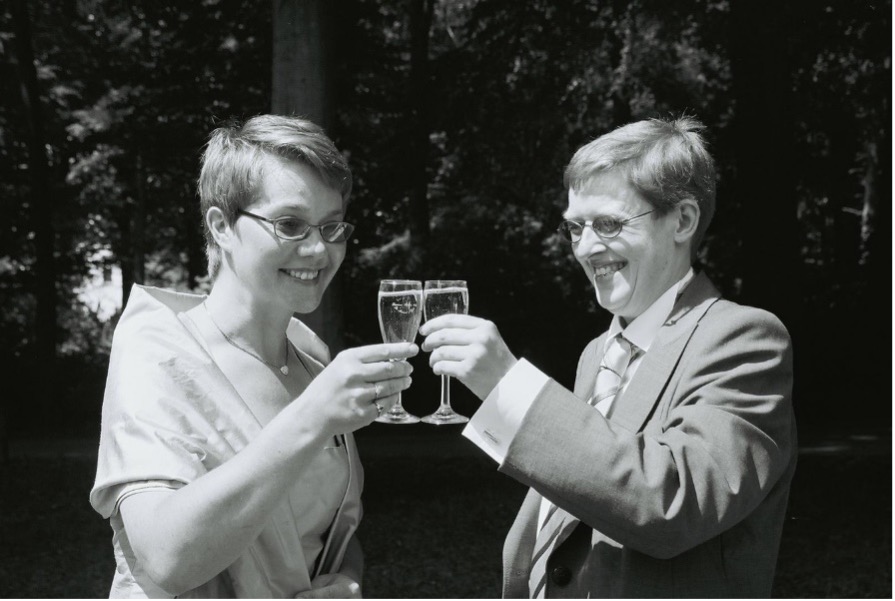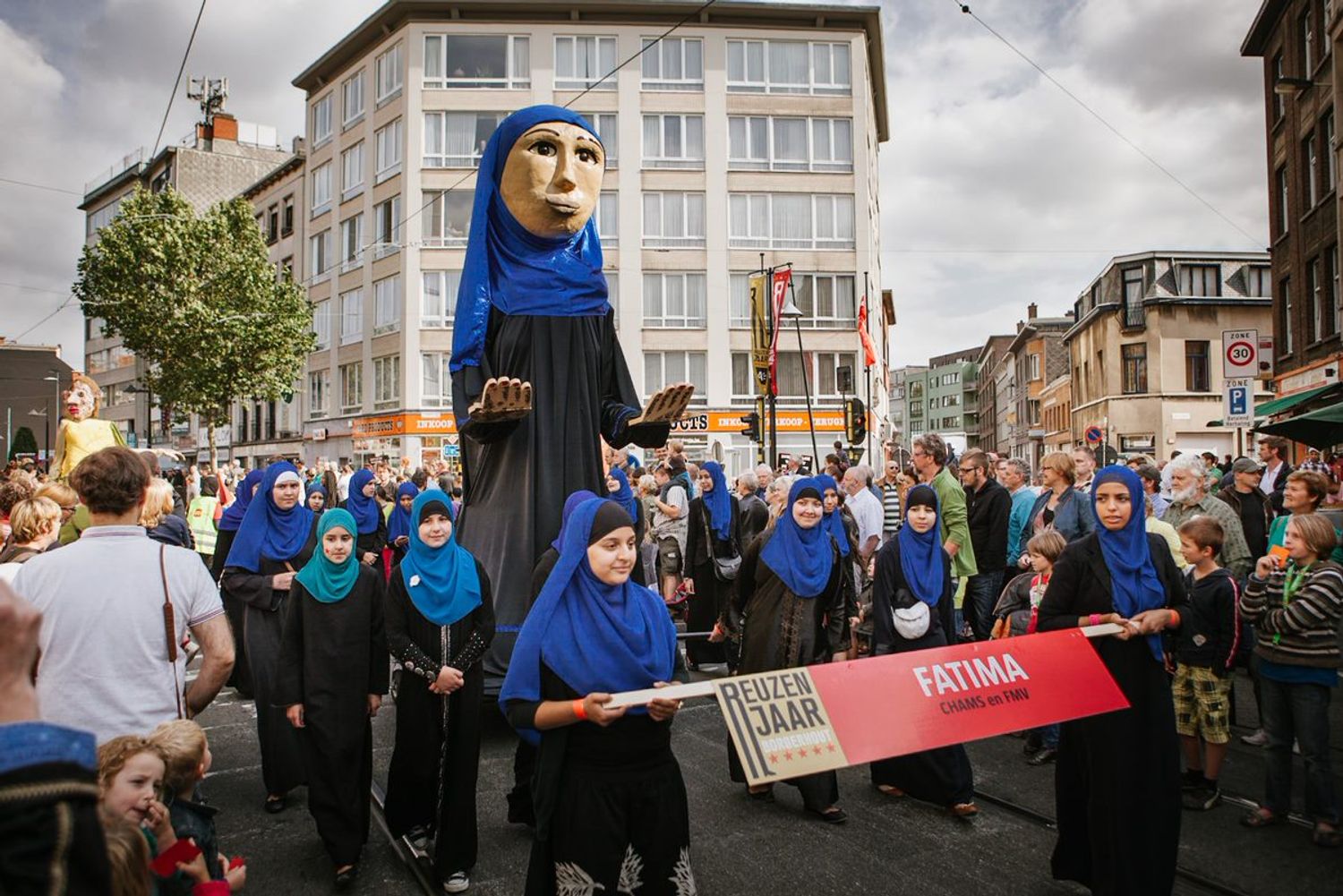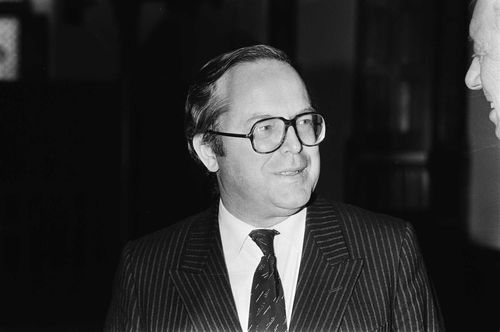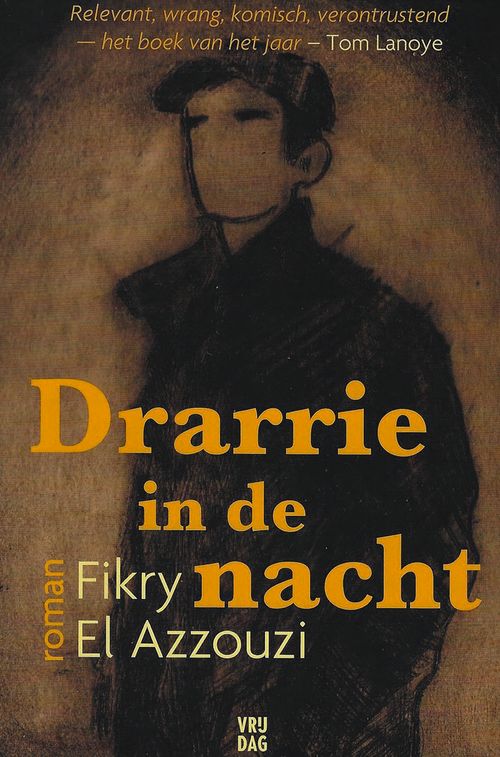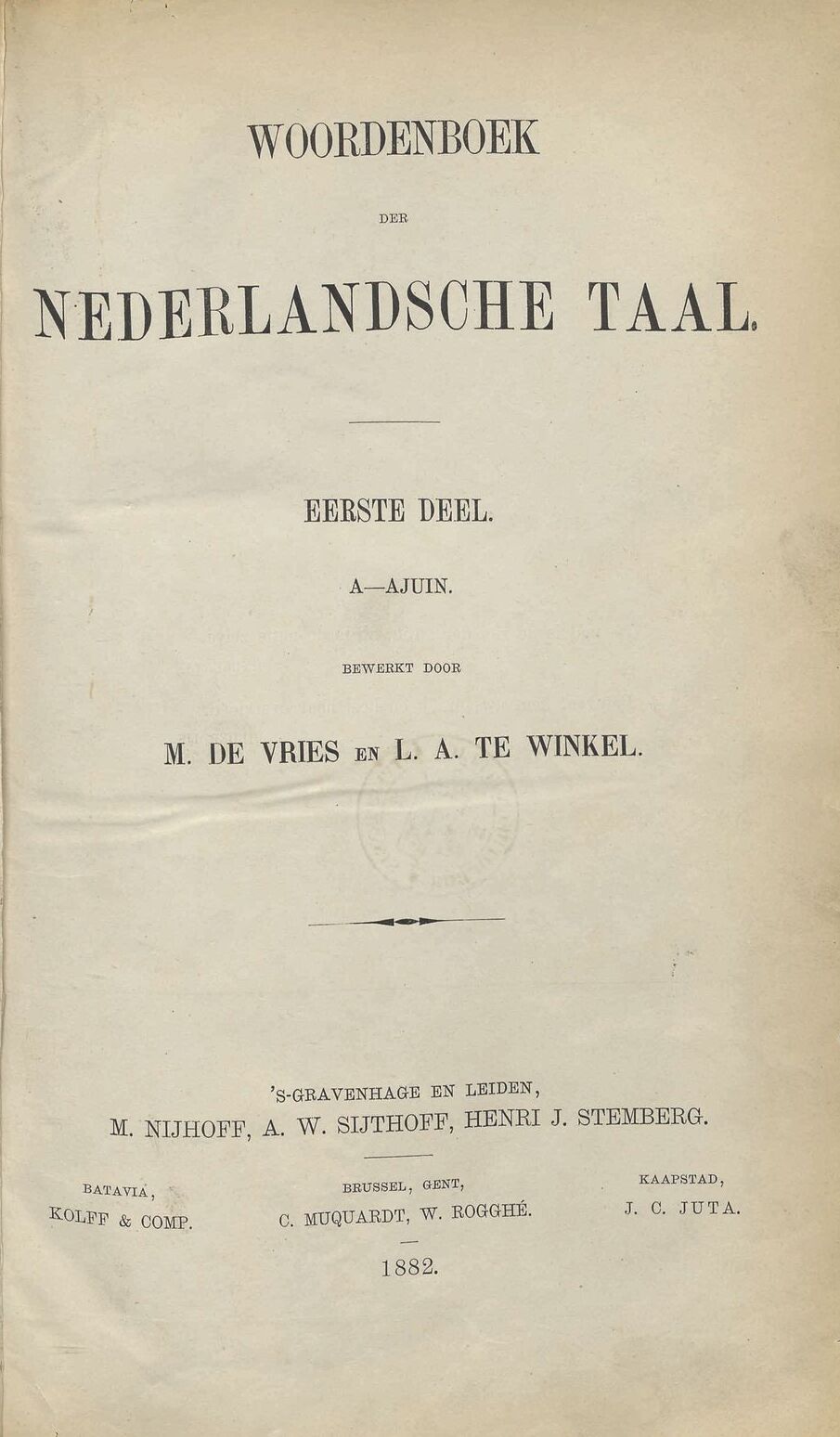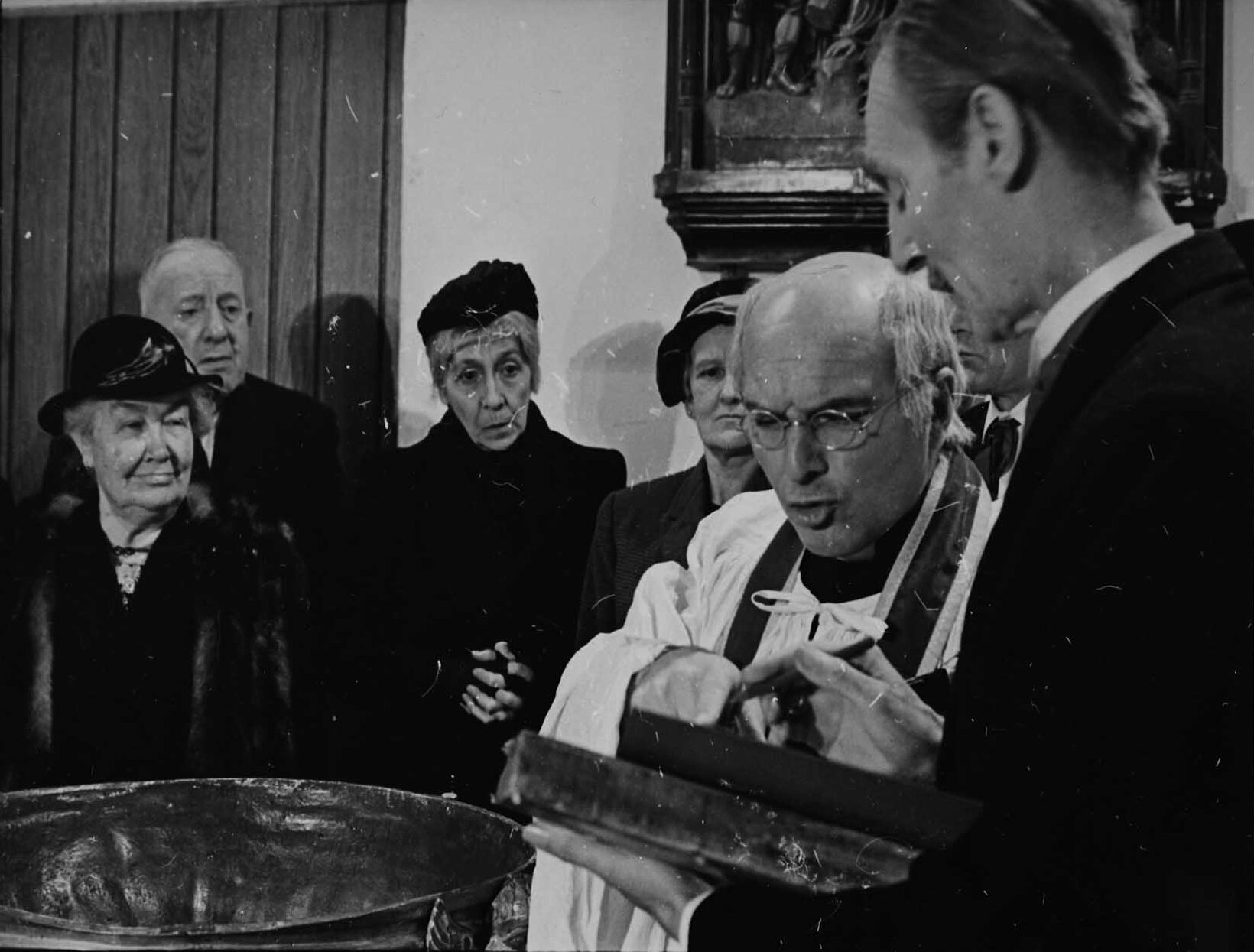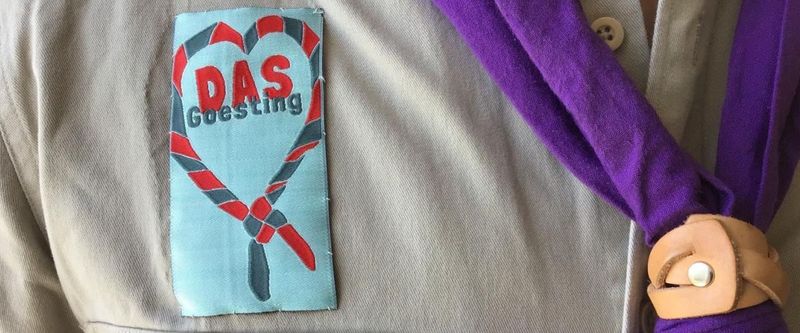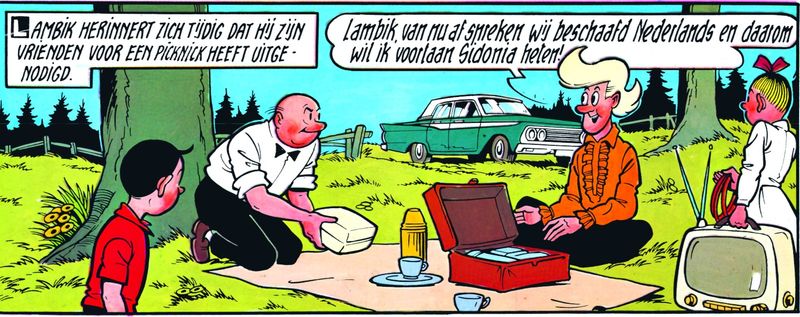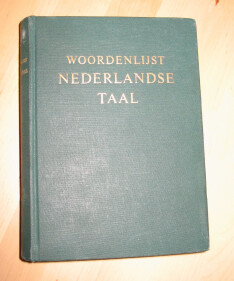
The entry for ‘goesting’ in Van Dale, Groot woordenboek van de Nederlandse Taal, 2022
Goesting
A Standard Language for Flanders
Someone with ‘goesting in een croque-monsieur’? It must be a Fleming. Officially Dutch-speaking Belgians share their language with the population of the Netherlands. Yet Flemings recognise Dutch people infallibly (and vice-versa), because their colloquial speech differs. A Dutchman, for example, would be more inclined to have ‘trek in een tosti’.
The authoritative Van Dale dictionary defines ‘goesting’ as ‘desire, appetite, fancy, liking’. You can use it in expressions like ‘ieder zijn goesting’ (each to his own taste) or ‘een broek vol goesting’ (feeling like sex). Van Dale also knows that ‘goesting’ is an informal word that only occurs in Belgian Dutch, the variant of Dutch used in Flanders and coloured by the vicinity of French.
The differences between Netherlandic Dutch and Belgian Dutch illustrate the fact that state borders influence language use. At the same time the impact of politics and policy is limited. Some (mostly older) Flemings remain strongly attached to their dialect. Today most young people express themselves in a colloquial variety that combines features of dialect and Standard Dutch. And then there are the newcomers who bring their own words and expressions with them and so give colour to the local language.
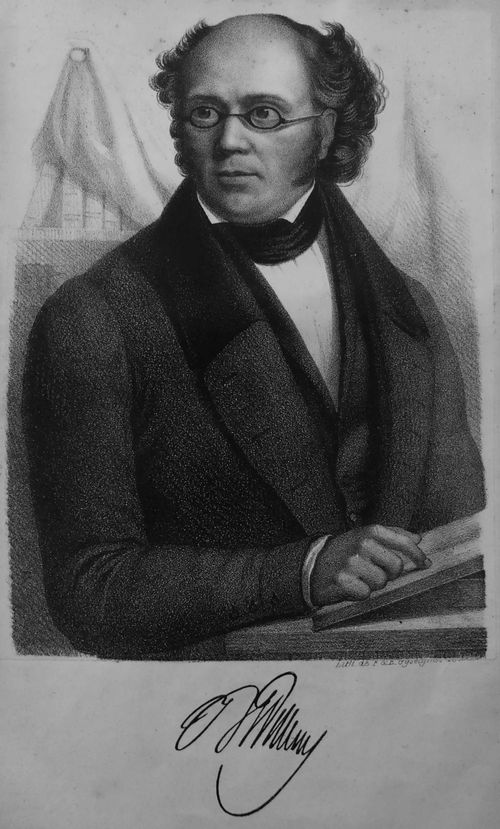
Wikimedia Commons
The writer, philologist and flamingant Jan Frans Willems (1793-1846)was a great advocate of linguistic unity between the Netherlands and Dutch-language speaking Belgium.
A Standard Language for Flanders
Standard Dutch originated from the 16th century on in the present-day Netherlands. Printers, officials and jurists argued at the time for uniform language rules. Particularly the Dutch of the rich bourgeoisie provided the raw material for a model language that was to spread throughout the country as standard. Language standardisation was the work of human beings: scholars determined rules and decided which words and sentence constructions would henceforth be correct. They laid down that knowledge in dictionaries and grammars.
When in the 19th century the Flemish movement came to the defence of the Dutch speakers in Belgium, a discussion soon ensued over the standard language. Should Flemings develop their own version or take their standard from the Netherlands? The second vision won the day – a ‘Standard Flemish’ would according to most linguists and cultural flamingants enjoy little prestige. It would not be able to compete with French, which functioned as the official language of Belgium. Those cultural flamingants also hoped that a unified language would promote a cultural and political rapprochement with the Netherlands.
Despite the sometimes heated discussions on correct language many Flemings continued to do their ‘goesting’ regularly. Looked in this way, it may not be a total coincidence that in 2004 ‘goesting’ was voted by Radio 1 listeners the nicest word in Dutch.
Focal points
Discover more on this topic
Non-fiction
Atlas van het dialect in Vlaanderen
Lannoo, 2022.
De vele gezichten van het Nederlands in Vlaanderen
Acco, 2018.
Wie zegt wat waar? Regionale taal in Nederland en Vlaanderen
Genootschap Onze Taal, 2021.
Atlas van de Nederlandse taal: editie Vlaanderen
Lannoo, 2018.
Taalwetten maken en vinden
Sterck & De Vreese, 2021.
Het verhaal van het Vlaams:de geschiedenis van het Nederlands in de Zuidelijke Nederlanden
Standaard, 2003.
Waarom Vlaanderen Nederlands spreekt
Davidsfonds, 2001.
Strijden om taal: de Belgische taalkwestie in historisch perspectief
Pelckmans, 2010.
